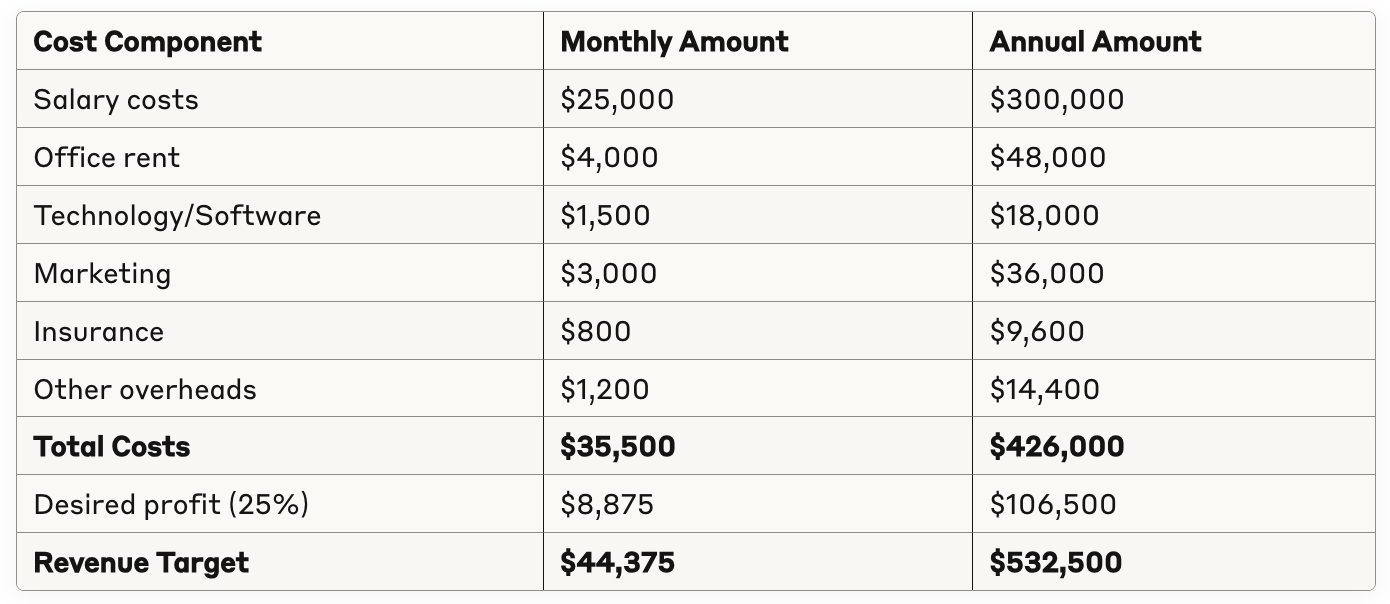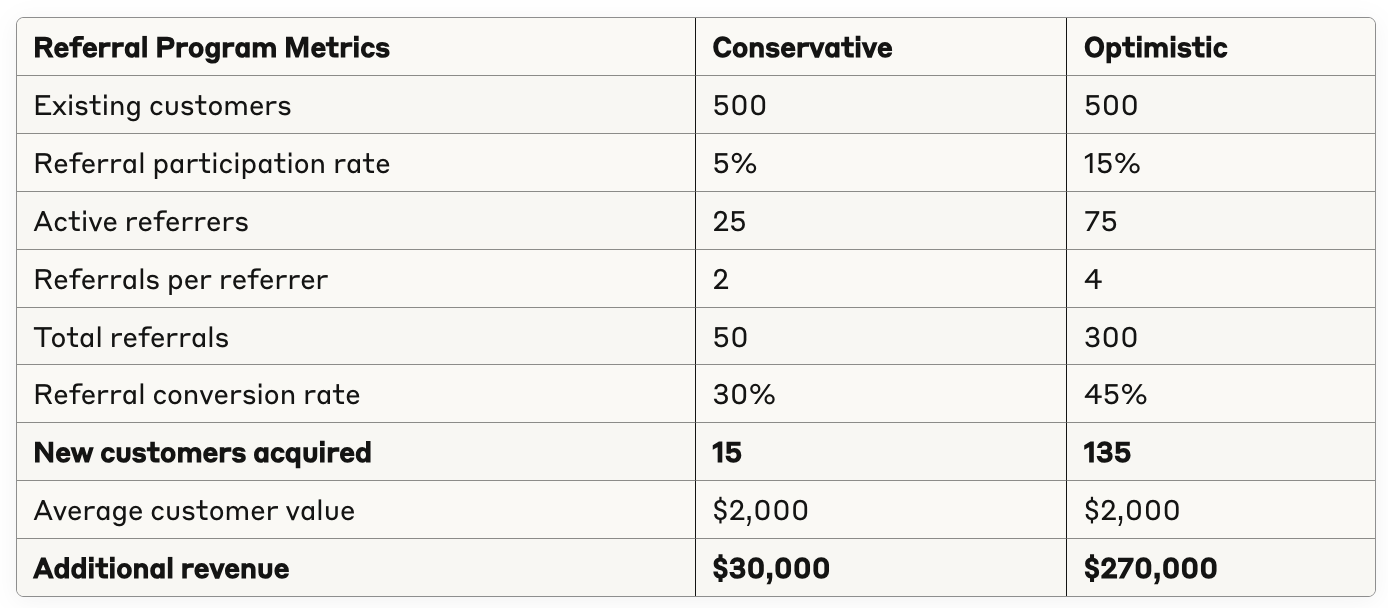
Published: July 2025
Australian small and medium enterprises (SMEs) face unique challenges when it comes to increasing business sales. With over 2.5 million SMEs operating across Australia, representing 99.8% of all businesses, the competition for customer attention and market share has never been more intense. Whether you're running a café in Melbourne, a tech startup in Sydney, or a manufacturing business in Brisbane, understanding how to systematically increase your sales is crucial for long-term success.
This comprehensive guide will walk you through proven strategies, real-world examples, and actionable techniques that Australian businesses are using to boost their revenue. From understanding your customer base to implementing effective sales funnels, we'll cover everything you need to know to transform your business sales performance.
The Australian business environment in 2025 presents both opportunities and challenges for SMEs. According to the Australian Bureau of Statistics, small businesses contribute approximately $418 billion to the Australian economy annually. However, with rising costs of living, increased competition, and changing consumer behaviours, businesses need to be more strategic than ever about their sales approach.
Key factors affecting Australian business sales include:
Different industries face unique sales challenges in the Australian market:
Retail and E-commerce:
Professional Services:
Manufacturing:
Before implementing specific sales tactics, Australian businesses need to establish a solid foundation. This involves understanding your market position, defining your unique value proposition, and mapping your customer journey.
Market Position Analysis:
Start by conducting a thorough analysis of your position in the Australian market. This includes identifying your direct competitors, understanding their pricing strategies, and recognising gaps in the market that your business can fill.
Value Proposition Development:
Your value proposition should clearly articulate why Australian customers should choose your business over competitors. This might include factors like local expertise, superior customer service, faster delivery times, or specialised knowledge of Australian regulations.
Stage 1: Awareness (Top of Funnel)
This is where potential customers first become aware of your business. For Australian SMEs, effective awareness strategies include:
Stage 2: Interest (Middle of Funnel)
Once prospects are aware of your business, you need to nurture their interest:
Stage 3: Consideration (Bottom of Funnel)
At this stage, prospects are evaluating their options:
Stage 4: Action (Conversion)
The final stage involves converting prospects into customers:
Many Australian businesses default to cost-plus pricing, but this approach often leaves money on the table. Here's a worked example for a Melbourne-based consulting firm:

Instead of cost-plus pricing, consider value-based pricing. Using the same consulting firm example, if their services help clients save $50,000 annually, they could price their services at $15,000 per client (30% of the value created).

For businesses with variable demand, dynamic pricing can maximise revenue:
With online sales growing by 12.1% annually in Australia, having an optimised e-commerce presence is crucial:
Website Conversion Optimisation:
Payment Options:Offer multiple payment methods preferred by Australian consumers:
Australian businesses are increasingly using social media for direct sales:
Platform-Specific Strategies:
Email marketing delivers an average ROI of $42 for every $1 spent. Here's a typical automation sequence for Australian businesses:

Successful customer acquisition starts with understanding your target market. Australian consumers have distinct characteristics:
Content Marketing:
Create valuable content that addresses your customers' pain points:
Search Engine Optimisation (SEO):
Focus on local SEO for Australian businesses:
Paid Advertising:
Strategic paid advertising can accelerate customer acquisition:
Referral programs can be highly effective for Australian businesses. Here's a calculation for a typical referral program:

For Australian SMEs ready to scale, building an effective sales team is crucial:
Hiring the Right Salespeople:
Sales Training Program Structure:
Implement clear metrics and accountability systems:
Key Performance Indicators (KPIs):
Compensation Structure Example:
For a typical Australian sales role with a $80,000 target:

A good CRM system is essential for managing sales effectively:
CRM Selection Criteria:
ROI Calculation for CRM Investment:
Consider a business investing $10,000 annually in CRM:

Automation can significantly improve sales efficiency:
Email Automation:
Lead Scoring Systems:Automatically prioritise leads based on:
Chatbot Implementation:Use chatbots for initial customer interactions:
Effective measurement is crucial for continuous improvement:
Essential Sales Reports:
Key Metrics to Track:
Understanding CLV helps optimise marketing spend:
CLV Formula:
CLV = (Average Purchase Value × Purchase Frequency × Customer Lifespan) - Customer Acquisition Cost
Example Calculation:
For a Sydney-based software company:

Continuously test and improve your sales processes:
Elements to Test:
Testing Framework:
Mistake 1: Underpricing to Win Business
Many Australian businesses undervalue their offerings. This leads to:
Solution: Focus on value communication rather than price competition.
Mistake 2: Inconsistent Pricing
Inconsistent pricing confuses customers and reduces trust.
Solution: Develop clear pricing guidelines and stick to them.
Mistake 3: Lack of Follow-up
Studies show that 80% of sales require 5+ follow-up attempts, yet most salespeople give up after 2.
Solution: Implement systematic follow-up processes.
Mistake 4: Focusing on Features Instead of Benefits
Customers don't buy features; they buy solutions to problems.
Solution: Always connect features to specific customer benefits.
Mistake 5: Neglecting Existing Customers
Acquiring new customers costs 5x more than retaining existing ones.
Solution: Develop comprehensive customer retention programs.
Mistake 6: Poor Customer Service
Bad customer service can destroy sales efforts.
Solution: Invest in customer service training and systems.
Artificial Intelligence and Machine Learning:
Sustainability Focus:
Digital Transformation:
Australian businesses should:
Increasing business sales in Australia requires a strategic, systematic approach that considers the unique characteristics of the Australian market. By implementing the frameworks, strategies, and tactics outlined in this guide, Australian SMEs can build sustainable sales growth that drives long-term success.
Remember that sales success doesn't happen overnight. It requires consistent effort, continuous learning, and adaptation to changing market conditions. Start with the fundamentals – understanding your customers, developing a clear value proposition, and building systematic processes – then gradually implement more advanced strategies as your business grows.
The Australian market offers tremendous opportunities for businesses that are willing to invest in proper sales strategies and execution. By focusing on delivering genuine value to customers and building strong relationships, your business can achieve sustainable sales growth and long-term success.
Q: What is the average sales conversion rate for Australian businesses?
A: The average sales conversion rate varies by industry, but typically ranges from 2-5% for e-commerce, 10-20% for B2B services, and 15-30% for direct sales. Manufacturing businesses often see 20-40% conversion rates due to relationship-based selling.
Q: How much should Australian SMEs spend on sales and marketing?
A: Most successful Australian SMEs spend 7-12% of revenue on sales and marketing combined. Newer businesses may need to invest 15-20% initially to build market presence, while established businesses might maintain growth with 5-8%.
Q: What are the most effective sales channels for Australian small businesses?
A: The most effective channels include direct sales (face-to-face), digital marketing (SEO, social media), referral programs, and strategic partnerships. B2B businesses often find networking events and industry associations particularly valuable.
Q: How can I calculate customer acquisition cost (CAC) for my business?
A: CAC = Total Sales and Marketing Costs ÷ Number of New Customers Acquired. Include all costs: advertising, salaries, tools, events, and overhead. For example, if you spend $50,000 and acquire 100 customers, your CAC is $500.
Q: What's the ideal sales cycle length for Australian businesses?
A: Sales cycle length varies significantly by industry and price point. Simple products may have 1-7 day cycles, while complex B2B services can take 3-12 months. The key is to systematically track and work to optimise your specific cycle length.
Q: How important are customer reviews for Australian businesses?
A: Extremely important – 92% of Australian consumers read online reviews before making purchases. Businesses with 4+ star ratings see 13% more conversions than those with lower ratings. Actively managing your online reputation is crucial.
Q: Should I focus on acquiring new customers or retaining existing ones?
A: Both are important, but retention is typically more cost-effective. Existing customers are 50% more likely to try new products and spend 31% more than new customers. A balanced approach focusing 60% on retention and 40% on acquisition often works best.
Q: What role does pricing play in sales success?
A: Pricing significantly impacts both sales volume and profitability. However, competing solely on price is rarely sustainable. Focus on value communication and consider that 85% of customers will pay more for better service or quality.
Q: How can I improve my sales team's performance?
A: Focus on continuous training, clear KPIs, regular coaching, and providing the right tools. Top-performing sales teams typically have 67% more training hours than average teams and use CRM systems effectively.
Q: What are the key legal considerations for sales in Australia?
A: Ensure compliance with Australian Consumer Law, including clear terms and conditions, accurate product descriptions, fair trading practices, and proper handling of customer data under Privacy Act requirements. Consider professional legal advice for complex sales agreements.
Scale Suite delivers embedded finance and human resource services for ambitious Australian businesses.Our Sydney-based team integrates with your daily operations through a shared platform, working like part of your internal staff but with senior-level expertise. From complete bookkeeping to strategic CFO insights, we deliver better outcomes than a single hire - without the recruitment risk, training time, or full-time salary commitment.
Considering hiring finance staff?
We’ll show you the full cost of an internal hire vs our embedded team – and exactly how much you’d save.
We’ll reply within 24 hours to book your free 30-minute call. No lock-in contracts and 30-day money-back guarantee



